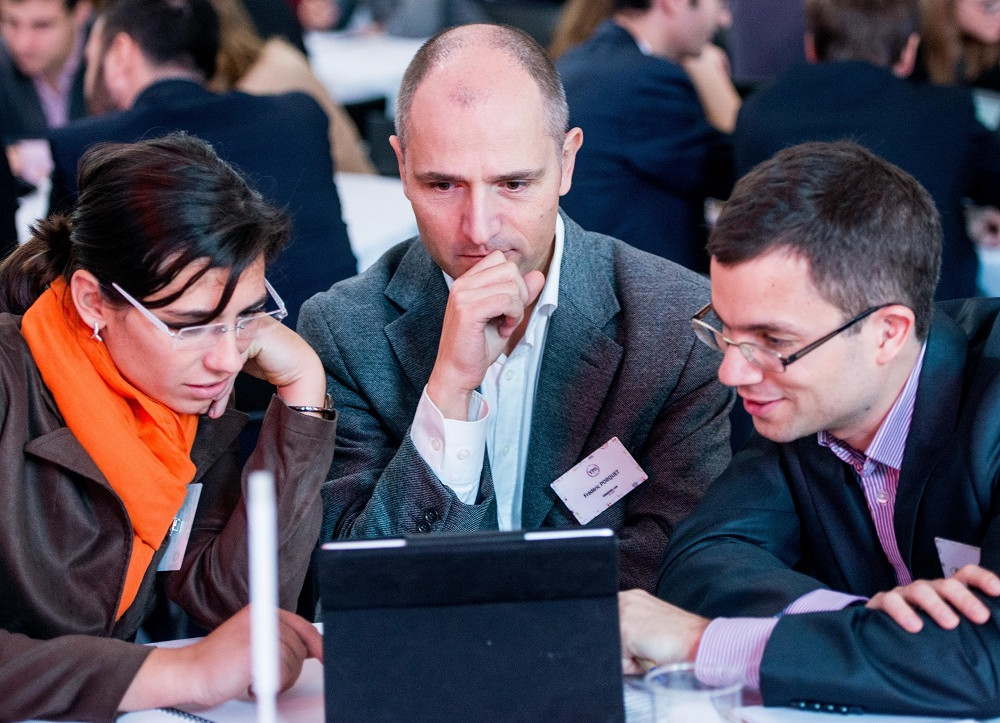As a facilitator with 11 years of experience, I have come across many methodologies and techniques that help teams to unlock their creativity and solve problems effectively. One such methodology that I have found to be extremely effective is the reverse brainstorming.
Reverse brainstorming is a process that helps teams to look at problems from a different perspective. Instead of thinking about solutions, the team focuses on generating ideas about how to make the problem worse. Sounds counterintuitive, right? But trust me, it works wonders.
In this article, I will explain the reverse brainstorming methodology in detail and provide you with some tips and tricks to make the most out of it. So, let's dive in!
TLDR - What is Reverse Brainstorming?
- Reverse brainstorming is a process of generating ideas about how to make the problem worse instead of focusing on solutions.
- This methodology helps teams to look at problems from a different perspective and unlock their creativity.
- The process involves identifying the problem, generating ideas about how to make it worse, analyzing the ideas, and finally, identifying solutions to avoid the bad outcomes.
- Pitfalls to avoid include not defining the problem clearly and not analyzing the negative ideas thoroughly.
How to facilitate Reverse Brainstorming?
Step 1: Identify the problem
The first step in reverse brainstorming is to identify the problem. This can be a current problem or a potential problem that the team wants to avoid.
Step 2: Generate ideas about how to make the problem worse
Next, the team starts generating ideas about how to make the problem worse. This may sound strange, but it helps to unlock creativity and look at the problem from a different perspective.
Step 3: Analyze the negative ideas
After generating the negative ideas, the team analyzes them to understand what could cause the bad outcomes. This helps to identify potential obstacles and risks.
Step 4: Identify solutions to avoid the bad outcomes
Finally, the team identifies solutions to avoid the bad outcomes identified in step 3. These solutions are often creative and outside-the-box, as the team has already explored the more traditional solutions in the previous steps.
When should you use Reverse Brainstorming?
Reverse brainstorming can be used in various scenarios, including problem-solving, risk management, and identifying potential obstacles. For example, a team may use reverse brainstorming to identify potential issues with a new product launch or to brainstorm ways to avoid data breaches.

A few years ago, I facilitated a workshop for a non-profit organization that was struggling to engage its community of volunteers. We started with traditional brainstorming but found that the solutions were all focused on recruiting more volunteers. So, we decided to try reverse brainstorming and asked, "How could we possibly discourage volunteers from getting involved?" This helped us identify some of the underlying causes of disengagement, like unclear expectations and a lack of communication. By reversing the solutions to these problems, we were able to develop new strategies for engaging volunteers and improving communication.
Tips and Tricks:
- Encourage participants to think about the causes of the problem, not just the solutions.
- Allow for free-flowing idea generation, without judgment or evaluation.
- Ensure everyone has a chance to contribute and participate in the process.
- Use sticky notes or a whiteboard to capture ideas for easy reference and organization.
- Be prepared to pivot if the reverse brainstorming doesn't produce fruitful results.
- Use the newly developed solutions as a jumping-off point for further brainstorming or problem-solving.
What are the pitfalls of Reverse Brainstorming?
One of the most significant pitfalls of reverse brainstorming is not defining the problem clearly. If the team is not clear on the problem they are trying to solve, the negative ideas may not be relevant, and the solutions identified may not be effective. Another pitfall is not analyzing the negative ideas thoroughly. The negative ideas can provide valuable insights into potential obstacles and risks, and it's crucial to explore them thoroughly
In conclusion!
Reverse brainstorming is a powerful tool for identifying the root causes of a problem and developing creative solutions. By flipping the traditional brainstorming process on its head, you can unlock new perspectives and insights that can lead to breakthrough solutions. Remember to encourage free-flowing idea generation, pivot if necessary, and use the newly developed solutions as a jumping-off point for further brainstorming or problem-solving.
Craving more? Feel free to subscribe to my newsletter, where I both share simple tips for facilitators and in-depth insights. Don't forget to follow me on LinkedIn and on Twitter as well!